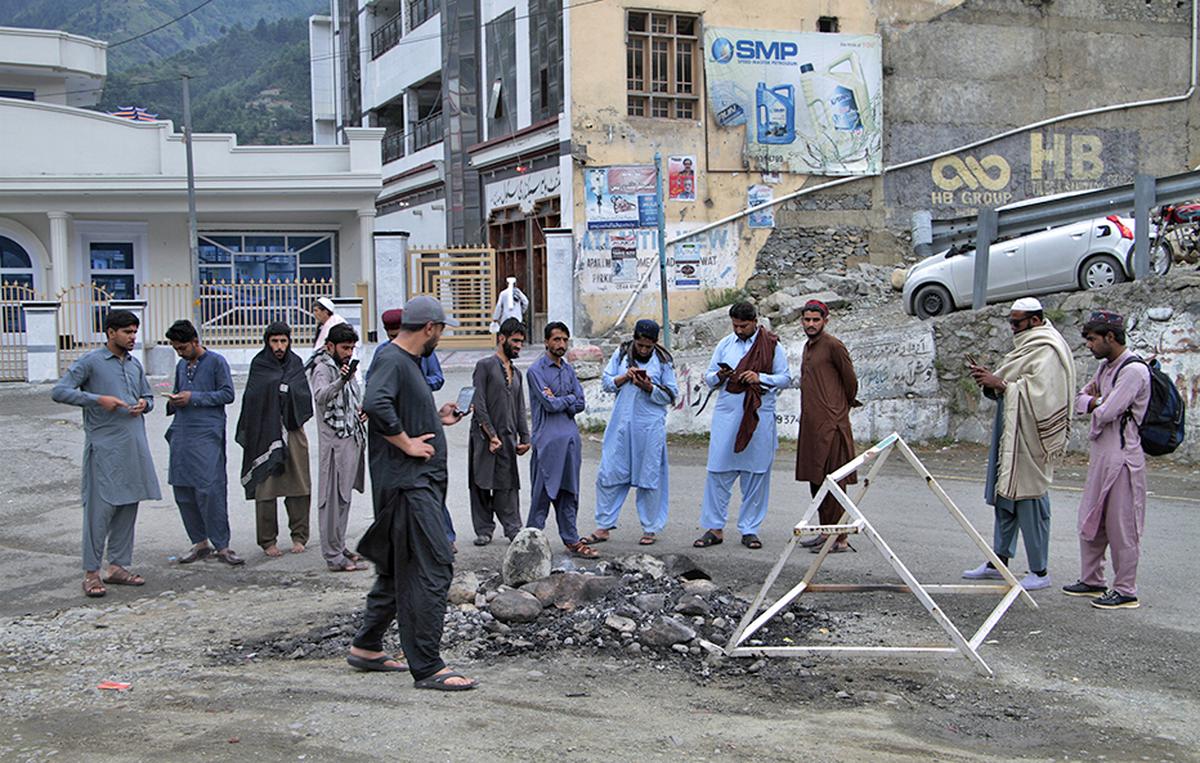The Wild West…and baseball? – Daily Press

First, you might ask: How can you bring together Wyatt Earp, Sitting Bull, President US Grant and professional baseball in a meaningful book?
Then there are Col. George Armstrong Custer and Wild Bill Hickok.
What you have is “The Summer of 1876: Outlaws, Lawmen, and Legends in the Season That Defined the American West” (St. Martin’s Press, 320 pages, $30), by Chris Wimmer. It’s a masterful compilation of facts and great narrative, all fit into four or five legendary months.
Wimmer, a specialist in the Wild West, can take you quickly but not confusingly from the Little Bighorn River and a heroic battle of the Indians against the bluecoats of the Seventh Cavalry to the Chicago White Stockings and the first summer of professional baseball.
The Washington Independent Review of Books put it much better than I could: “It is a gripping, thoroughly rewarding read, lean as a greyhound, a swift cut to the marrow of resonant truth.” This story is a great read.
If you compare the Wild West of the film world with the version described by Wimmer, you will notice that the one is a fictionalized history, the other is a well-documented history.
Two important elements of that summer dominate Wimmer’s narrative: Custer’s last stand and the legendary bank robbery by the notorious James Younger gang in Northfield, Minnesota.
As for the struggle between Custer, Sitting Bull, and Crazy Horse, the author provides a weekly, almost daily narrative that ultimately involves all the characters in the same action on the banks of the Little Bighorn in southeastern Montana.
Don’t expect Custer to emerge from this story as some kind of hero!
Custer’s valor and arrogance developed during his youth as a soldier in the Civil War and did not wane when the Indian Wars began. His status as a leader was celebrated even before his last stand. “No other Native American battle compares to the Battle of the Little Bighorn,” Wimmer declares.
The Northfield robbery was the last joint attempt by the Jesse James-Cole Younger Gang to rob as many banks as possible in the mid-1870s. The robbery was botched from the start and the townspeople banded together to save their money, their bank and their friends. The story of how the outlaws evaded the posse for days makes the robbery a great story.
Take these two significant events and add great stories about Wild Bill Hickok and Calamity Jane and Wyatt Earp and Bat Masterson, and the infamous town of Deadwood and the lawmen of Dodge City, and here you have a Wild West story worthy of summer reading.
You’ll also enjoy Wimmer’s portrayal of the early days of the National League and American baseball, as well as the final year of Grant’s term as president and the events leading up to the controversial election of 1876, all woven together in the fast-paced narrative.
Founding fathers
In his book The Pursuit of Happiness: How Classical Virtue Writers Inspired the Lives of the Founding Fathers and Defined America (Simon & Schuster, 368 pages, $28.99), legal scholar Jeffrey Rosen takes an important historical concept and brilliantly explains its significance in the formation of American values as expressed in the words of the Constitution.
Rosen, a professor of law at George Washington University Law School and president and CEO of the National Constitution Center, knows what he is writing about. Award-winning filmmaker Ken Burns describes Rosen’s efforts succinctly: “A life invested in understanding the past can actually be a happier one. It can provide lessons that help us preserve our democracy today.”
Echoing the words of classical Greek and Roman moral philosophers, Rosen emphasizes that the Founding Fathers were inspired by the realization that the pursuit of happiness was a “pursuit of being good, not of feeling good.” It was a lifelong pursuit, not a short-term satisfaction.
Rosen takes six of the most important Founding Fathers – John Adams, Benjamin Franklin, Alexander Hamilton, Thomas Jefferson, James Madison and George Washington – and shows how they pursued “their fortunes.”
This is neither an easy nor a quick read. Take your time and enjoy what Rosen presents and appreciate how it has left an indelible mark on American constitutional philosophy.
Paratroopers on D-Day
Paratroopers are often the forgotten element in the Battle of Normandy. But historians like Stephen G. Rabe don’t want people to forget the important story of the American 82nd and 101st Airborne Divisions in the D-Day clashes beginning on June 6, 1944.
“The Lost Paratroopers of Normandy: A Story of Resistance, Courage, and Solidarity in a French Village” (Cambridge University Press, 262 pages, $24.95) tells of the village of Graignes, France, which welcomed members of the two units. Unfortunately, they were scattered, off-target and unorganized when villagers found them.
Rabe, son of one of the paratroopers and professor emeritus of history at the University of Texas, took the time and effort to document this nearly forgotten story of the men and the 900 villagers who welcomed them. The town lay deep behind German lines, and the American soldiers decided to stay and defend the town until support arrived.
Much of the equipment the paratroopers needed was, as before, scattered everywhere. But “on their own initiative, villagers had taken their boats to the flooded areas to recover the bundles of equipment that had been dropped on the distinctive blue parachutes. The paratroopers now had radios, machine guns, grenade launchers and ammunition,” writes Rabe.
A German attack on June 11th finally forced the paratroopers to retreat. When the Germans took the village, the inhabitants were exposed to Nazi brutality. It took a month for the Allies to liberate Graignes.
At postwar weddings, many brides took their vows in dresses made of white parachute silk, partly in honor of the Americans’ fight for their city.
Do you have a comment or suggestion for Kale? Contact him at [email protected].



